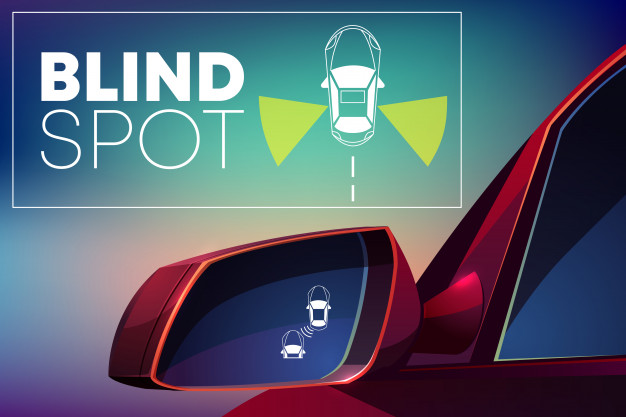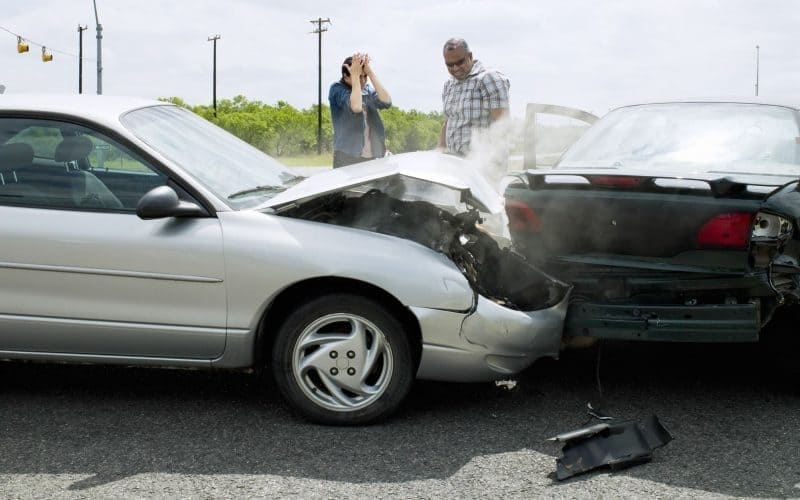Misfortunes one can endure – they come from outside, they are accidents. Every year, approximately 1.5 lakh people die on Indian roads, which translates, on average, into 1130 accidents and 422 deaths every day or 47 accidents and 18 deaths every hour. Nowadays, road crashes are the biggest challenge of our life. Road accidents not only take lives but also leave survivors with life-long chronic injuries and disabilities.
In this blog, we will see some techniques to avoid road accidents.
Ways to Prevent Road Accidents
Develop the right attitude about driving. Many teen auto accidents are a result of attitude and maturity, not skills or knowledge. Make a commitment to yourself to practice a responsible attitude about driving. You’re controlling over 3,000 pounds of fast-moving metal, and you owe it to yourself, your passengers and other drivers to drive responsibly.
Get as much supervised practice driving as possible. Your parents should take an active role in your practice driving. Make a firm schedule with them and stick to it. And keep it up until you take your test to get a license.
Many states now have graduated licensing laws. To learn about the laws in your state visit the Insurance Institute for Highway Safety.
Always wear your safety belt. Get into the habit of wearing a safety belt whenever you are in a car, whether as a driver or a passenger – no exceptions.
Underage drinking and drug use is illegal. Even if you’ve consumed only one drink or smoked one joint, there is a chemical effect on your brain that can impair judgment and reaction time. Driving under the influence of alcohol, marijuana or other drugs can cost you your license – or your life. Visit Above the Influence for more facts on drug use.
Limit your passengers. The risk of a fatal crash increases with every additional passenger. When you’re a new driver, it is best to limit your number of passengers.
Limit your night driving. The risk of a fatal crash is three times higher at night than during the day for every mile driven. It’s better to avoid nighttime driving until you’re comfortable driving during the day.
Keep it slow and safe for starters. Fast-moving, high volumes of traffic can make you feel uncomfortable, so avoid them until you can get enough supervised driving experience. Then you can gradually introduce more difficult driving situations, like highway driving, merging, and driving in cities.
Train for poor weather conditions. Even when you begin to feel confident driving on dry pavement, it’s best to avoid driving in bad weather conditions unsupervised. Keep it simple at first, and get as much supervised practice driving in poor weather as you can before trying it on your own.
Cell phones are for emergency use only on the road. One of the worst habits anyone can get into is talking on a cell phone while driving. Keep a cell phone with you in the car for emergency situations only. If you have to use a cell phone, pull safely over to the side of the road.
Drive a safe vehicle. If you are thinking of getting your own car, look for one with high safety ratings. Avoid small cars, trucks, or sport utility vehicles. Check out federal statistics and consumer report literature to help to evaluate the safety rating of a car or truck. The Insurance Institute for Highway Safety (the people who do the crash tests) offers valuable vehicle and safety test advisories.
Tips to Avoid Road Accidents
Prevention is better than cure.
Defensive driving:
Everyone on the road has the right of way and common sense is in practicing it whenever you find a vehicle in a hurry. This fundamental habit or quality is defensive driving. It is a safe and smart way to prevent road accidents. It is safe and a smart way to prevent road accidents. By being obstinate, blocking the path, or impeding the passage of a vehicle, you might end up increasing the risk of an accident. So, I would suggest you steer clear of aggressive and reckless drivers instead of getting into road rage. Also, be considerate to heavy-duty vehicle drivers and tailgaters. Make way for them to operate safely by switching to a different lane to overtake you. Remember to watch out for other vehicles and use turn indicators as a signal while doing so.
Distance Between the Vehicles:
Avoid being a tailgater by driving too close to the vehicle in front of you.
Driving too close deprives you of the adequate space needed to decelerate during a sudden stop, especially if the vehicle ahead hit brakes abruptly. If you are a driver of a truck or trailer, then take more precautions in maintaining the distance because it takes almost 40% longer for a trailer to stop as compared to a car.
Therefore, I recommend you follow the “Three Second Rule” to maintain a safe distance between the vehicles ahead or else you may rear-end them. Wondering what’s “Three Second Rule” is? It is a simple phenomenon that allows you to keep your vehicle 3 seconds away from a permanent object alongside the road through which the vehicle ahead of you has passed. You can also double the seconds in case of trailers or lousy weather.
Three Second Rule
Distraction-Free Driving:
I don’t want you to trap yourself in a situation where you aren’t aware of how someone or something “popped out of nowhere”. This excuse is what most of us give after a car crash. It testifies that we weren’t attentive on the road, which resulted in a slow reaction to critical or potentially dangerous conditions. So, don’t listen to loud music, eat food, smoke, apply makeup, text on a mobile phone, or do anything else that distracts you while driving. Distracted driving leads to severe road accidents. It delays your reaction causing 90% of rear-end accidents.
Interestingly, a study published in the quarterly journal Human Factors by psychology professor David Strayer from the University of Utah states that the reaction times of a 20-year-old driver behind the wheel with a cell phone are the same as a 70-year-old driver without a cell phone. So, stop texting on the phone and be careful of traffic signals, hasty motorists, and cars pulling out from parking or service roads.
Don’t Speed:
Drive within the specified speed limit because speeding can be fatal. Faster vehicles take longer to stop even after applying brakes and tend to skid. Also, the collision of a faster vehicle causes horrific injuries. It is one of the leading causes of around 70% of severe crashes.
In case of bad weather or dense fog, the visibility is hampered significantly. So, driving slowly along the road markers is the safest option. Also, avoid high speed during heavy rain as it may lead to car aquaplaning.
Deal with Blind Spots:
Overall visibility is essential in preventing road accidents. With certain blind spots around the vehicle, it becomes a necessity to familiarize yourself with them. Once you know how to deal with blind spots, you become cautious enough to check your rearview mirror and side mirrors for better visibility while driving. Checking your blind spot every 10 seconds is a good practice while:
- Changing lanes
- Backing out of the parking
- Merging with other traffic
- Before turning or pulling out your car from the curb

Dial 1033 Helpline Number for help on National Highways!


